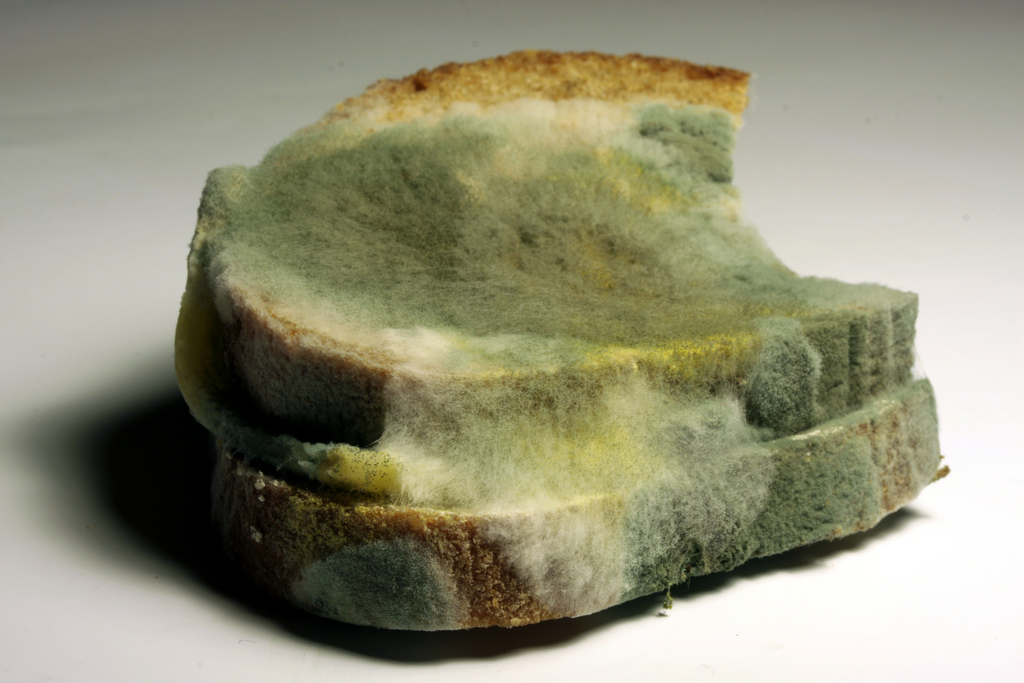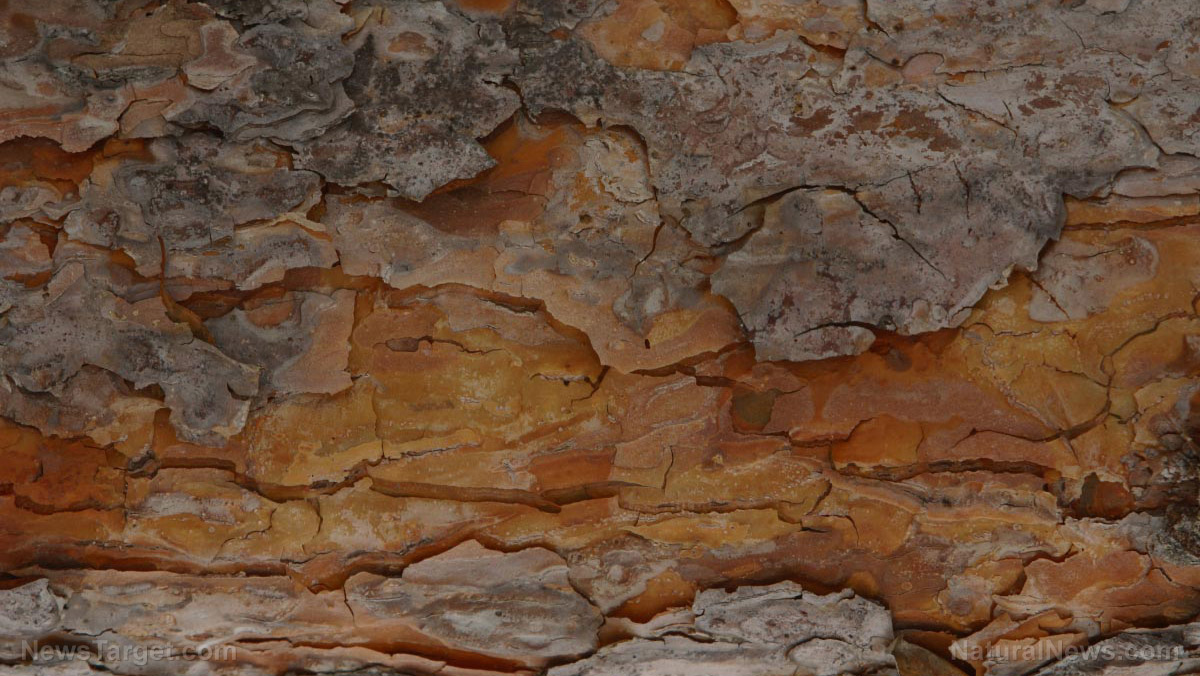
Homemade medicine
The discovery of penicillin is generally attributed to Alexander Fleming in 1928 where he returned to his lab to find a Petri dish containing Staphylococcus bacteria without its lid on. This bacterial culture had become contaminated with mold from the genus Penicillium. Fleming then decided to analyze the fungus and learn about its uses, paving the way to creating what is considered one of the most useful drugs in history.
While penicillin cannot treat any form of viral infection, they are particularly potent against a wide variety of bacterial infections, including skin infections, anthrax, tonsillitis and Lyme disease. However, this drug cannot treat all kinds of bacterial infections, especially superbugs and antibiotic-resistant strains of certain bacteria. (Related: How to make your own penicillin... just in case.)
While it is significantly easier and safer to stock up on effective natural antibiotics like different kinds of essential oils and honey, you might find yourself in situations where penicillin really is the only option you have to treat a certain infection. Making your own medicine can save you the trouble of scouring your town or city just to look for some spare drugs, which can be quite difficult in an SHTF scenario. However, be warned that creating your own homemade medicine can be potentially dangerous and that you should always consult a health practitioner before taking any form of medication, whether it be over-the-counter or made at home.
Step 1: Cultivating raw, natural penicillin
In its most basic state, penicillin is a fungus. This requires you to use bread, citrus fruit or even a cantaloupe as a culture. However, bread might not be your best option as store-bought variants harbor additives that prevent the growth of mold. To speed up the process of cultivating your fungi, you can place your fruit culture in a closed but not airtight container such as a large mason jar covered with aluminum foil. You can then add a few droplets of water inside to increase moisture. It is estimated to take 2 to 4 weeks for your penicillin to start growing.
Step 2: Re-culture the penicillin
Once you've grown a bluish-green mold, you have successfully created "natural penicillin." While some people claim this can already be used for medical purposes, it is not recommended as most of it would be destroyed before it could do any sort of healing. You can re-culture your mold in small containers or Petri dishes to create more penicillin for use by following the steps below:
- Slice about 200 grams of potatoes and place them inside a mason jar. Fill with distilled water and tightly seal the jar.
- Boil the jar for 30 minutes then cool it afterward. Strain the water through a cheesecloth into another container.
- Add 20 grams of dextrose and agar to the water. You can also use plain sugar and plain gelatin respectively if you don't have either of the two. Add more water until you have 1 liter of liquid.
You can then add the boiled solution and transfer your penicillin spores to a bunch of Petri dishes. There should only be enough liquid to cover the base of the container.
Step 3: Ferment the penicillin
While there are plenty of ways to ferment penicillin, the method below only requires commonly-available ingredients you would have most likely stocked up on before SHTF.
- Sterilize an Erlenmeyer flask by placing it in the oven at 315 degrees for one hour. While it is heating up, place dextrose, yeast, citric acid, milk powder and sea salt into a graduated cylinder.
- Fill the cylinder with distilled water until you have about 100 milliliters of solution. Next, pour the mixture into the sterilized flash and shake to dissolve any remaining solids.
- Using a sterile wire, add your penicillin cultures to the flash then cover it with sterilized foil. Let the flask sit for at least 7 days but no longer than two weeks.
Step 4: Extract the penicillin
At this point, the homemade penicillin is now technically usable. However, it is still unstable and will break down easily. Using the following steps, you'll be able to extract the penicillin from the solution to make it usable for medical purposes. (Use only under the direction of a qualified medical professional.)
- Chill an ethyl acetate solution then mix it with the penicillin solution. Shake well for at least 30 seconds before allowing the solution to separate.
- Using a separator funnel, allow the ethyl acetate to drip into a sterile container.
- Afterward, you can add potassium acetate to the collected ethyl acetate. This will allow the solution to evaporate and leave behind pure penicillin.
Making your own penicillin can mean the difference between life and death in emergency situations. For similar stories, visit SurvivalMedicine.news.
Sources include:
Please contact us for more information.























